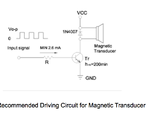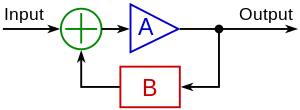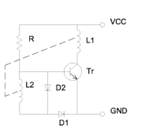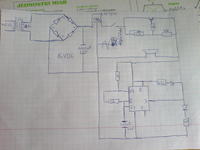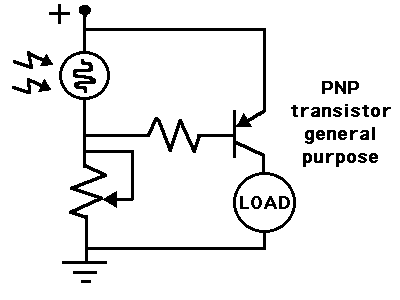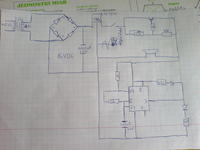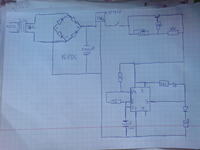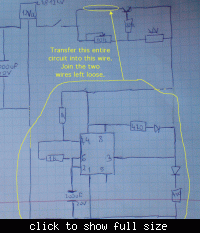kokosz
Member level 1
- - - Updated - - -
Buzzer
KPX1212B
85dB
12V
30mA
3100Hz
with generator
and I want by my system after the fotoresistor will be run when the light beam directed on fotoresistor will be break
Buzzer
KPX1212B
85dB
12V
30mA
3100Hz
with generator
and I want by my system after the fotoresistor will be run when the light beam directed on fotoresistor will be break

